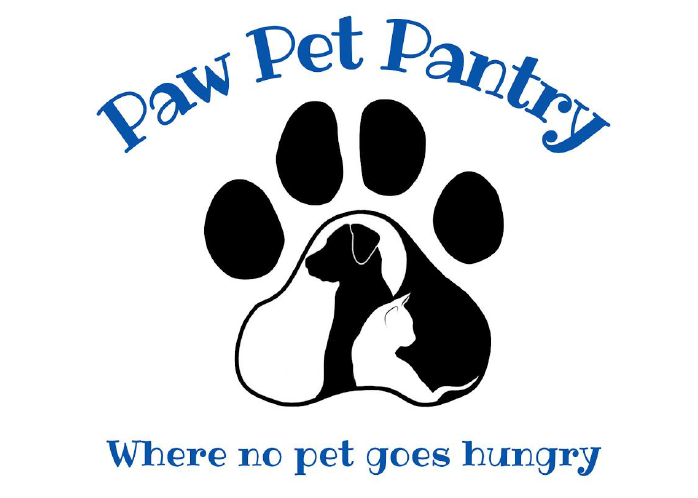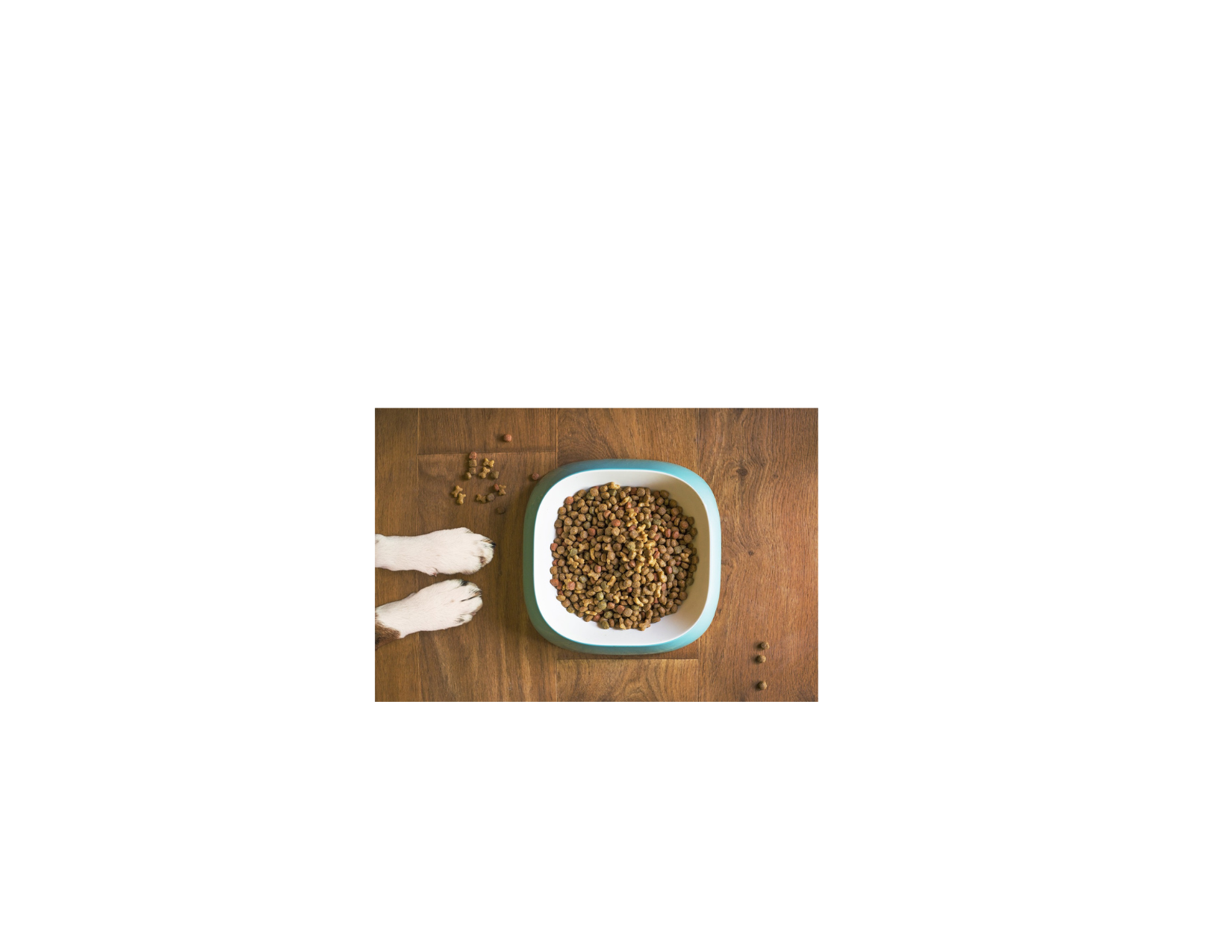Caring for a pet can be one of life’s most rewarding experiences. However, when your furry friend requires a specialized diet, the responsibility can become a bit more complicated. Whether due to health issues, allergies, or age-related concerns, providing a customized diet can make a world of difference for your pet’s overall well-being. Here, we will delve into the essential steps to cater to a pet with a specialized diet effectively.
1. Consult Your Vet
The first, and most crucial step, is to consult with your veterinarian. They can diagnose specific health conditions and recommend an appropriate diet based on their expert knowledge and understanding of your pet’s individual needs. Remember, every pet is unique. Therefore, a diet that works for one pet may not work for another, even if they are of the same species or breed.
2. Understand the Specifics
Once you have a clear understanding of your pet’s dietary requirements, invest some time in researching the specifics. This could include what nutrients they need more of, which ones to limit, and any specific ingredients to avoid. This information will help you make informed decisions about commercial pet food, supplements, and homemade meals.
3. Choosing the Right Food
When it comes to pet food, not all products are created equal. Some brands may claim to be “veterinarian recommended” or “all-natural,” but they may still contain additives, fillers, or ingredients that your pet cannot tolerate. Read the labels carefully and pick brands that are transparent about their ingredients and uphold high manufacturing standards.
If your pet’s diet includes home-cooked meals, it’s vital to balance their meals accurately. For instance, a dog on a homemade diet needs a specific ratio of protein to carbohydrates and fats, as well as the right mix of vitamins and minerals. Always consult your vet or a pet nutritionist to ensure the meals are nutritionally complete and balanced.
4. Monitor Your Pet’s Progress
Regular check-ups are necessary to monitor how your pet is responding to the new diet. Keeping a close eye on their weight, energy levels, digestion, and overall appearance will give you a good indication of how well the diet is working. Any sudden or significant changes should be reported to your vet.
5. Exercise Patience and Consistency
Transitioning to a specialized diet may not be easy, and it may take time for your pet to adjust. Introduce new foods gradually and maintain consistency in feeding routines. Patience is also key when waiting for noticeable health improvements, as these can take time.
6. Don’t Forget the Treats
Just because your pet is on a specialized diet doesn’t mean they can’t enjoy treats. Look for or prepare treats that conform to your pet’s dietary restrictions. This will ensure that your pet doesn’t feel left out during treat time and can enjoy their goodies guilt-free.
In conclusion, catering to a pet with a specialized diet is more than feasible with the right knowledge and approach. It may be a labor of love, but seeing your pet thrive is the greatest reward. Always remember that you’re not alone on this journey – your veterinarian is there to guide you, and numerous resources are available to help you navigate the process.


Comments are closed